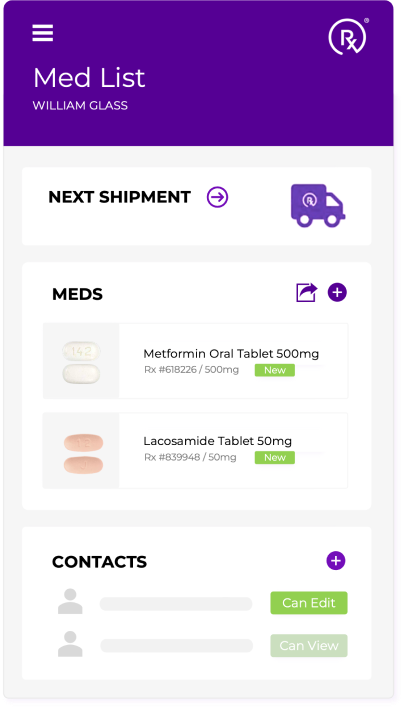Patients
Do you take multiple medications?
Are you a caregiver for a loved one?
Say goodbye to trips to the pharmacy, long lines and waiting on hold with doctors.
Providers
Do you care for multiple patients?
Do you need a pharmacy partner?
Gain the tools to save time, improve adherence and deliver better patient health outcomes.




